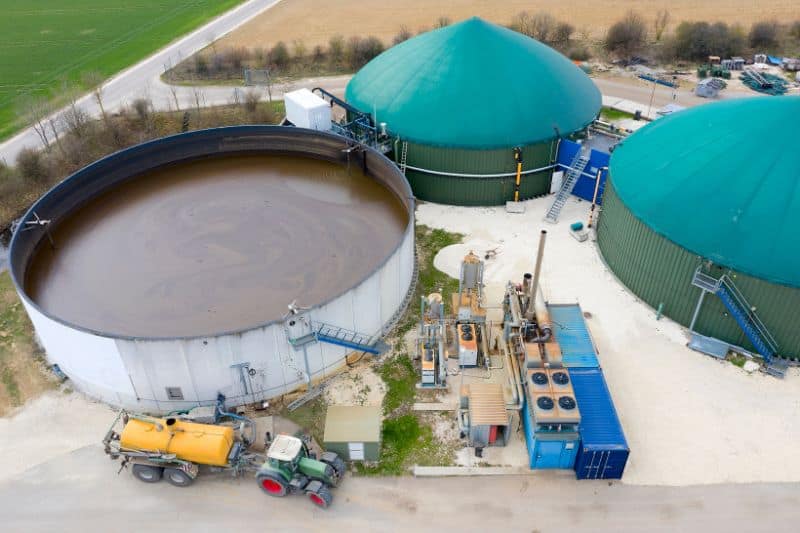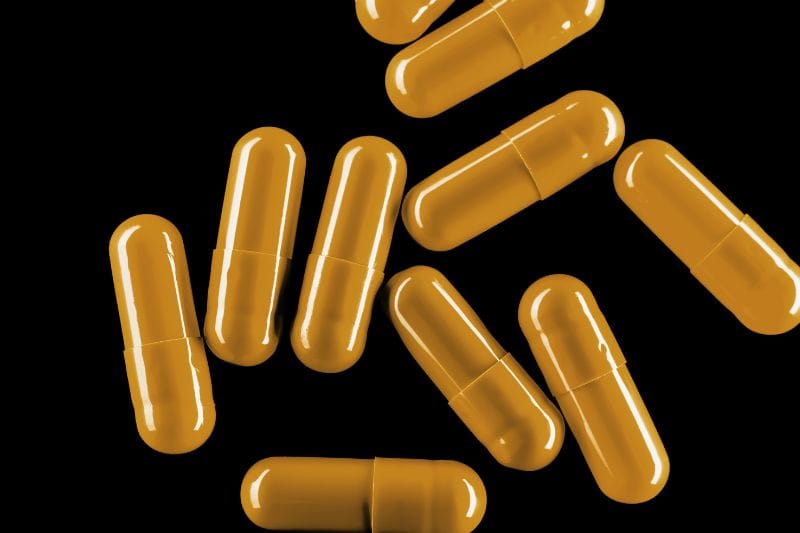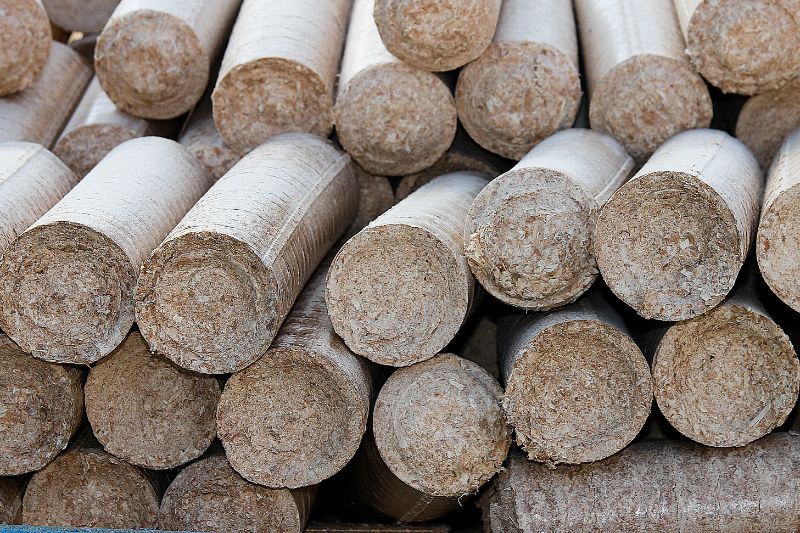Recycling of human waste, encompassing feces and urine, has many benefits. According to research, on a yearly basis, a human produces fifty liters of feces and five hundred liters of urine. Instead of disposing of this in landfills or treating it and releasing it into the environment, human waste can be utilized in several ways.
While managing human waste may pose risks of disease transmission and unpleasant odors, measures can be implemented to make the process more user-friendly. Moreover, it may not be as detrimental as some of the harmful chemical products produced by major chemical manufacturing companies.
In other words, the process of handling human waste can be made human-friendly and used for the betterment of the environment, as outlined in this article. Let’s go deeper into this.
10 Exceptional Ways to Put Human Waste to Use in An Environmentally-Friendly Way
Some of these ways include:
1. Production of Biogas

Producing biogas from human waste is a multi-step process with remarkable benefits. It begins with the collection of human waste, consisting of feces and urine.
This organic material undergoes anaerobic digestion in a sealed container, devoid of oxygen, where it decomposes, yielding methane gas. This methane is then carefully collected and stored separately to avoid any combustion within the digester.
The harvested biogas, a potent source of energy, can be used for a variety of practical purposes. It can be employed to generate electricity, cook food, and provide hot water for domestic and industrial needs.
When ignited in the presence of oxygen, the biogas produces energy in the form of heat, which can be converted into electricity or directly used for cooking and heating.
This sustainable approach not only aids in effective waste management but also contributes to renewable energy generation, reducing the environmental impact of waste disposal.
2. Fertilizer
Human waste can be utilized as a fertilizer to increase the production of food. The waste is, however, recommended to be treated at least once before its application on the farm.
Treatment is employed on the combination of feces, urine, and household water. This mixture undergoes digestion by bacteria, reducing the pathogen count and diminishing the sludge’s biological activity, consequently reducing unpleasant odors.
However, the use of sludge in farming raises concerns regarding odor and potential health risks for residents and farm workers. Alternatively, urine can be utilized for irrigating fields, especially in regions with limited water resources.
When incorporating urine into irrigation practices, it’s crucial to maintain strict hygiene standards. Despite the potential health hazards, urine contains essential plant minerals like nitrogen, potassium, and phosphorus. Access to urine for irrigation is cost-effective, considering its valuable nutrient content..
3. Fecal Transplant

Clostridium difficile is an infection of the gut characterized by inflammation, abdominal pain, and diarrhea. The condition emanates from the overabundance of bad bacteria in the gastrointestinal tract.
A remedy to these bacteria is the use of feces from a healthy person and delivering it to the gut of the patient. Delivery of feces can be done in several ways, such as using a tube through the patient’s anus and rectum or shooting of frozen fecal matter through one’s nose.
A fecal transplant is preferred because invasive surgery involves chopping, removing, or diverting organs to get rid of the bad bacteria. Moreover, the transplant is quick, inexpensive, and more effective than antibiotic administration.
One of the benefits of this procedure is that it poses reduced antibiotic resistance, which is the ability of microbes to resist medication that previously treated them. However useful the procedure is, careful selection of the donor is essential to avoid the passing of bacterial and parasitic infections.
4. Hydrogen Fuel
Hydrogen fuel can be deduced from human waste through the same process as passing a current through water. It proves to be more efficient with less energy required in the process.
In this process, water is distilled from human waste solids, and then the waste is left in air-sealed tanks for microbial action to take place. This results in the formation of methane and carbon dioxide.
The methane generated in this process offers a cost-effective alternative to relying on natural gas. Through a tri-generation process, methane and carbon are converted into hydrogen fuel, heat, and electricity.
With the abundance of human waste, a consistent supply of hydrogen fuel can be achieved. Hydrogen fuel can be utilized in the running of rockets and the production of electricity by combining hydrogen and oxygen atoms.
5. Brick-making
Who knew that human waste could be used in the making of bricks? In this innovative process, incinerated sewage sludge ash is blended with vegetable oil to create bricks.
What makes these bricks even more remarkable is their carbon-negative quality, owing to the fact that the oil used is derived from plants that have absorbed carbon dioxide from the atmosphere.
It may not be a very welcome idea to many, but utilizing these bricks goes a long way to protecting the environment, considering that traditional bricks are made using processes that emit carbon dioxide.
Plus, it means that human waste that traditionally would be sent to a landfill is utilized to build structures of many kinds, and of course, without even the slightest scent.
The bricks are lighter and stronger, which means wide usage of such bricks would revolutionize the construction industry, not to mention improvements could be made to them to make them better over time. Making these bricks could serve as a source of revenue for many.
6. Fuel

In developing countries, the majority of households cook using biomass. Charcoal, being the primary source of energy, leads to the degradation of forests.
But did you know that human poop can also serve in the place of charcoal effectively and even better? That’s right!
Human poop heated in the sun can serve as a great source of fuel and is much better than charcoal in many respects. For instance, this alternative fuel burns for two times longer compared to charcoal. Plus, it releases less carbon monoxide, making it a friendlier option for our planet.
Of course, you won’t be dealing with human feces in its natural state. Instead, it comes packaged as briquettes.
The process of making this fuel begins with the treatment of fecal waste by heating it in a waiting container so as to remove any harmful pathogens. The waste is heated by the sun to temperatures of around 60o C for three hours.
Further improvements in technology would help mean that the lowest possible temperature and time can be used to sanitize waste. Upon cooling, hard and solid briquettes are formed as a result of the high fiber content present in feces.
7. Source of Metals
Human feces can be a good source of gold, vanadium, silver, and copper, which carry numerous advantages. Gold present in human waste is significant to the extent that if it was found in rock during exploration, it could be worth mining. It is currently estimated that 13 million dollars worth of metals can be extracted from the poop of one million Americans.
To recover the metals from human waste, leachates could be used. But when using them, it’s worth keeping in mind that they can damage ecosystems once they leak into the environment.
Hence, careful use of leachates in a controlled setting should be considered. In our bodies, the metals play an essential role in maintaining our joints and transmitting electrical signals.
The extraction of metals from fecal waste prevents the release of toxic substances, therefore protecting the environment. As an example, Japan has recorded a higher gold yield compared to the Hishikari gold mine through sewage mining carried out in a sewage treatment facility.
8. Janicki Omni Processor
The Janicki Omni Processor combines solid fuel combustion, steam power generation, and water treatment in the recycling of human waste to produce energy and clean drinking water.

Therefore, the process can be used to sustain millions in the world who lack access to clean water. The process begins with human waste being fed into a dryer to remove moisture, thereby reducing it to dry fly ash.
The heat generated in this process is used to heat water in boiler pipes to form steam, which runs a generator to produce electricity. This electricity is enough to power the whole processor, and surplus can be sold.
The steam that leaves the dryer goes through a series of filters before condensation and distillation to produce clean water. The Omni processor doesn’t let out a foul smell and meets current emission standards.
9. Cosmic Radiation Shield
Life on Mars is expected to pose a significant risk to the health of those who will visit it since there is exposure to radiation from cosmic rays. The extent of the effects posed to human beings upon exposure to galactic cosmic rays is not clearly known, but it is known to increase the risk of cancer.
To protect humans, human waste, together with water and food, can be put in bags and used as a shield against radiation. This will be lined on the space shuttle used in interplanetary travels.
From the Earth, the bags will initially be filled with drinking water; then, on reaching Mars, upon depletion of the water, they will be replaced by bags with human waste.
10. Source of Water
Due to the potential of producing water that is not potable from human waste, electrolysis of this water can be used to produce oxygen and hydrogen.
This method of producing oxygen is used as a backup oxygen system for astronauts on long missions. Arguably, this method of extracting non-drinkable water can be utilized further to come up with water that is safe to drink by treating it.
Human waste in the production of renewable energy is a milestone. Moreover, it serves as a significant contribution to the environment. Through the recycling of poop that would have ended up in a landfill and polluted the environment, benefits such as biogas, fertilizer, fecal transplant, hydrogen fuel, building bricks, metals, and drinking water can be obtained.
Therefore, human waste proves to be a cheap and environmentally-friendly alternative. No matter how unpleasant human waste is thought to be, it has great potential to change the world.
References:






